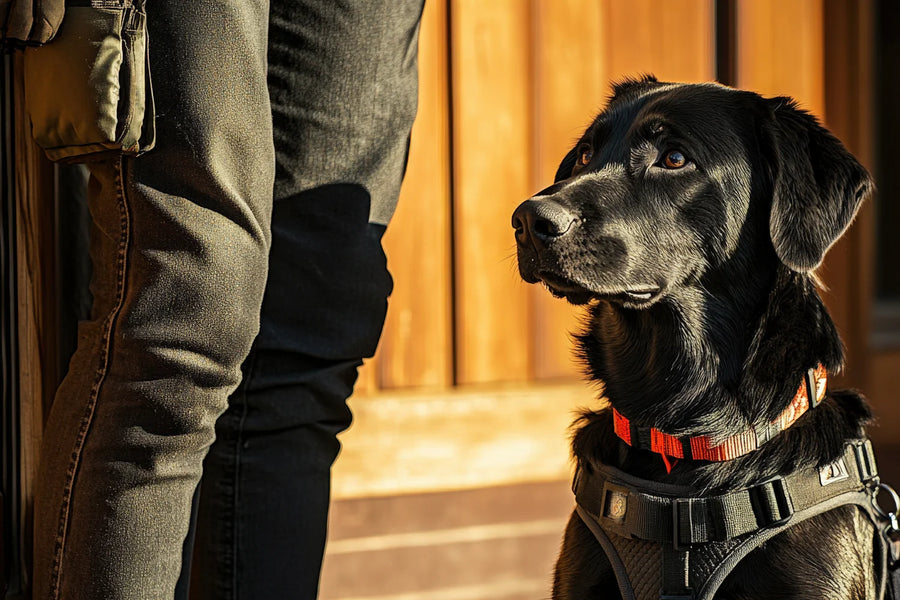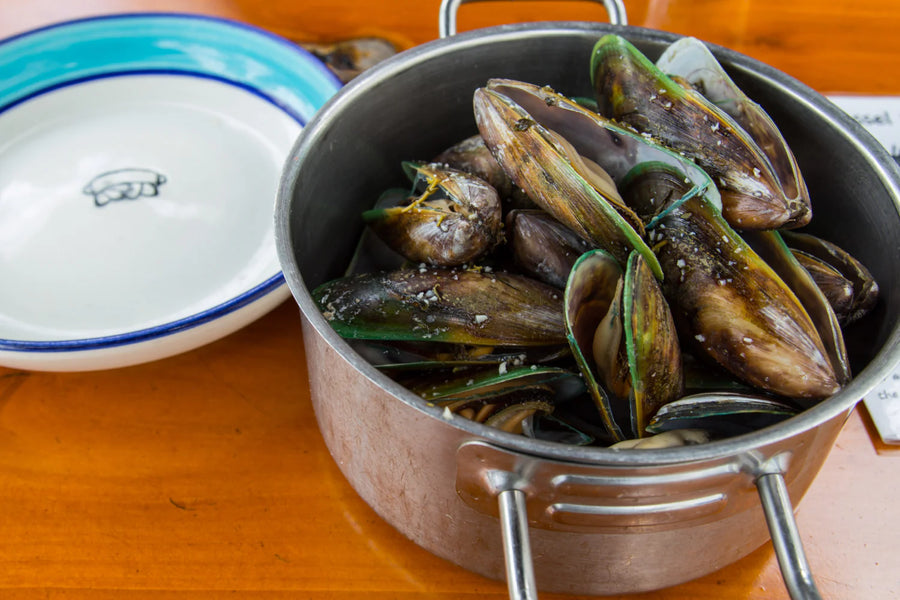Cats have some pretty quirky habits, but few are as universally loved as “making biscuits.” If you’ve ever had a cat press their paws into your lap like they’re kneading dough, you know the feeling — equal parts adorable and (if their claws are out) mildly painful.
At Pet HealthWorks, we know that every little thing your cat does has a reason behind it, even if it seems random. Kneading isn’t just cute — it’s an instinctive behavior with deep roots in a cat’s development, comfort, and communication. Some cats do it daily, others only on certain textures, and a few never seem to knead at all.
Interested in discovering more? We have you covered. Read on as we dig into why cats make biscuits and what it actually means.
What Is "Making Biscuits" in Cats?
First things first — what exactly is "making biscuits" anyway? If you've ever seen a cat rhythmically pressing their paws into a soft surface — like a blanket, a pillow, or even your lap — you've witnessed kneading in action. It’s a repetitive motion where a cat alternates between pushing their paws down and lifting them up, often with a dreamy expression or a soft purr.
Most cats knead with their front paws, but some get all four involved. Some flex their claws while doing it, others keep their paws soft. And while many cats prefer plush surfaces, others will knead on bare skin or even another animal.
Why Do Cats Knead?
Wondering why your cat is working an imaginary dough ball into your lap? We get it — kneading looks like a weird little ritual, but there’s a real reason behind it.
In fact, there are a few:
It Starts in Kittenhood
Kneading is an instinctive behavior that begins when cats are just a few days old. Kittens knead their mother’s belly while nursing to stimulate milk flow. It’s a natural reflex that helps them survive in those first weeks of life, and for many cats, the habit sticks around into adulthood as a source of comfort.
It’s a Comfort Thing
Many adult cats knead when they’re feeling relaxed, content, or even sleepy. It’s similar to purring — it signals that they’re in a good place mentally and physically. If your cat kneads while sitting on you, take it as a compliment — they’re associating you with warmth and security.
It’s a Way To Mark Territory
Cats have scent glands in their paws, so kneading isn't just about comfort—it’s also a way to mark their territory. By pressing their paws into a surface, they’re leaving behind their scent, subtly claiming that spot as theirs. This explains why some cats knead specific blankets or areas of the house more than others.
It’s Linked to Nesting Behavior
Before settling in for a nap, some cats knead their bedding as if they’re fluffing it up to get comfortable. This behavior is thought to stem from wild ancestors who would pat down tall grass or leaves to create a soft sleeping spot.
It’s a Sign of Affection
Kneading is often a cat’s way of showing they feel safe and happy. If your cat makes biscuits on you, it likely means they see you as a trusted companion. Yes, it can be painful if claws are involved, but in their mind, they’re giving you a big, cozy compliment.
Should I Ever Stop My Cat From Kneading?
Kneading is a completely natural behavior, and in most cases, there’s no reason to stop it. But let’s be honest — sometimes those little paws (and claws) can make it less than enjoyable, especially if your cat is kneading directly on your skin or shredding your favorite blanket.
If kneading is becoming a problem, you can redirect it.
Here’s how:
- Protect yourself: If your cat likes to knead on you but their claws are making it painful, place a thick blanket over your lap before they settle in. You’ll still get the snuggles, minus the scratches.
- Keep their claws trimmed: Regular nail trims (or even soft nail caps) can make kneading much less uncomfortable.
- Offer a kneading-friendly surface: Some cats prefer specific textures, so providing a soft pet bed, fleece blanket, or plush pillow can give them a designated kneading spot.
- Gently redirect: If kneading turns into clawing or biting, avoid pushing your cat away (which can feel like punishment to them). Instead, slowly shift them onto a more appropriate surface.
The key is to work with your cat’s natural instincts rather than trying to stop the behavior completely. Kneading is a sign that your cat feels safe and happy — so as long as it’s not causing problems, let them make all the biscuits they want.
How To Support Your Biscuit-Making Cat
Kneading might look effortless, but it actually involves a lot of movement — flexing paws, shifting weight, and stretching muscles. Most cats knead well into their senior years, but as they age, you might notice them slowing down, hesitating before jumping onto furniture, or resting more than usual after a long biscuit-making session. That’s where joint supplements for cats come in.
Keeping cats mobile starts with the right nutrition and support. A diet rich in omega fatty acids and high-quality protein helps maintain healthy joints over time. Regular movement also helps keep their muscles strong and joints flexible.
If your cat is showing signs of stiffness or discomfort, Antinol® Plus for Cats is a great way to support their mobility. This daily joint supplement helps maintain flexibility and long-term joint health so your cat can keep making biscuits comfortably for years to come.
A Final Word
Kneading is one of those classic cat behaviors that never gets old. Some do it every day, others only on certain textures, but when a cat makes biscuits, it’s a clear sign they feel safe and content. It starts in kittenhood and can stick around for life — sometimes as a way to relax, mark territory, or show affection.
At Pet HealthWorks, we’re all about supporting cats in every stage of life. That means giving them the care they need to keep moving, stretching, and kneading comfortably.
If your cat isn’t as flexible as they used to be or seems to slow down after a long biscuit-making session, Antinol® Plus for Cats is here to help. It supports joint health and mobility, so your cat can keep doing what they love — no hesitation, no discomfort, just happy paws.
The information contained within this blog is for educational purposes only and is not intended to serve as a substitute for professional veterinary advice. When introducing new items into your pet’s diet, consult with your veterinarian
Sources:
Why Do Cats Knead With Their Paws? | KUT News
How to Trim Your Cat's Nails | Pasadena Humane
How to Recognize Pain in Aging Cats | VCA Canada Animal Hospitals




